Greece Spearheads a Dynamic Energy Transition
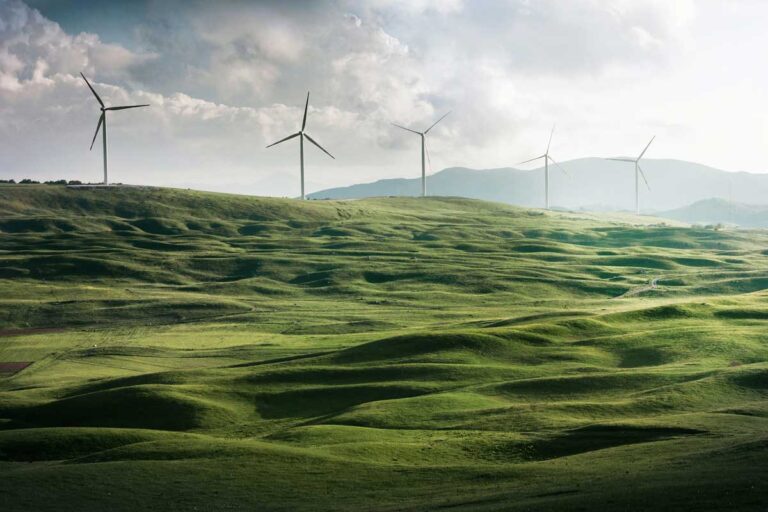
Countries have different energy priorities due to factors like the availability of energy resources, geopolitics, the population size, environmental considerations and excessive use of energy, the needs of industry, and the availability of technology.
The most representative energy priorities among countries, including Greece, revolve around energy security, reduction of greenhouse gas emissions, affordability, and avoidance of deforestation. Construction of additional energy infrastructure and charging energy consumers with more taxes for excessive energy use constitute additional energy priorities. According to a market survey conducted by IPSOS in late 2022 that engaged 24 thousand people in 28 countries, the top energy priority was that of energy security followed by the development of cleaner energy sources, like wind and solar, and the affordability of energy.
The war on Ukraine brought energy security to the forefront of concerns for many regions, particularly Europe. Directly impacted countries, like Germany, have had to reactivate coal production and extend the operational lives of nuclear power plants to ensure efficient supply of energy to consumers.
Electricity Generation from Renewables
Despite challenges associated with the war on Ukraine, Greece has emerged more resilient by enhancing reform of its energy market and accelerating deployment of renewables in accordance with the National Climate Law of 2022. The Climate Law signals concrete milestones for Greece’s energy transition with most prevalent the reduction of greenhouse gas emissions by 55 percent by 2030 and, achievement of net zero emissions by 2050.
The Climate Law also foresees a total phase-out of lignite generated electricity by 2028. Notably, Greece ranks 2nd out of the 27 EU member states in the reduction of electricity generation from certain solid fossil fuels; lignite generated electricity decreased by 57,7 percent in the first 8 months of 2023 compared to the same period of 2019 according to the Greek Independent Power Transmission Operator (IPTO).
The reduction of the use of solid fossil fuels has been offset by the accelerated development of renewable sources of energy, construction of critical energy infrastructure, and promotion of plans for Greece to position itself as key hydrogen hub in Europe. It is only in four years that Greece enhanced the installed capacity of renewable energy plants, accounting for 50 percent of electricity generation, with a clear target for electricity generation from renewables to reach 80 percent by 2030. The Greek solar photovoltaic market has gained most traction with 1.4 GW of new photovoltaic projects connected to the grid in 2022 and with anticipation of 10.9 GW to be added during the period of 2024-2027 according to the latest report by industry association Solar Power Europe.
The Offshore Wind Challenge
Wind energy in Greece has been surpassed by photovoltaics in new and total installations primarily due to delays in the licensing process. The largest onshore wind power plants include the 336 MW onshore Evia Wind Farm of Ellaktor located in Evia, Central Greece; the 330 MW Kafireas wind farm of Terna Energy on the island of Evia; and the 153MW Imathia Kozani Wind Farm under development by 547 Energy LLC, located in West Macedonia. Greece’s revised National Energy and Climate Plan (NECP) sets a clear target of 2 GW for onshore wind capacity and 2.7 GW for offshore wind capacity by 2030.
Greece swiftly moves forward to tap for the first time ever its offshore wind potential in pursuance of the national offshore wind farms development program that incorporates 25 eligible development areas in the Ionian, Aegean, and the East Mediterranean Seas.
An environmental impact assessment that has been completed by the Hellenic Hydrocarbons and Energy Resources Management Company includes maritime zones of over 2,712 square km where floating technology will be employed for the offshore wind farms in full compliance with environmental safeguards striking a balance between offshore wind energy, national security, and tourism.
Offshore wind energy falls under the creation and development of new markets along with carbon dioxide CO2 capture and green hydrogen production.
Unlocking the CO2 Storage Potential
Clean hydrogen can prove to be commercially viable due to the use of CO2. CO2 can be transported from where it is produced, via ship, truck or in a pipeline, and be used in commercial applications such as food and beverage production, metal fabrication, and cooling.
The majority of commercial applications center on the direct use of CO2 by turning it into chemicals and construction materials. Liquid CO2 can also be transported to an underground site where it can be permanently stored under strict environmental standards. The capture and storage of CO2 contribute to the decarbonization of heavy industries and the development of clean hydrogen.
It is in this context that Greece swiftly moves to identify potential areas for CO2 storage, with the most mature option being that of Prinos basin. Specifically, under Greek and European legal contexts, an exploration permit has been awarded to medium-sized Energean Oil & Gas for CO2 storage in the depleted Prinos field evaluated as the best option because of its depth and structure.
Prinos is scheduled to be operational from the fourth Quarter of 2025 as small-scale project with capacity of up to 1 million tons (MT) of CO2 annually and with plans to increase capacity from the fourth Quarter of 2027 up to 3 MT of CO2 annually. Areas with saline aquifers, mafic rocks and oil and gas fields throughout Greek territory are evaluated as potential storage sites.
Prospects of a Hydrogen Hub for Europe
Green hydrogen production and transportation falls within the priorities of the Greek National Energy and Climate Plan. It is estimated that little investment is required, primarily in the form of developing compression stations, for the conversion of the existing national network to transport hydrogen. Extensive cross-border pipelines like Interconnector Greece-Bulgaria (IGB) and Trans Adriatic Pipeline (TAP) have the potential to transport hydrogen.
Proper energy infrastructure can guarantee that massive imports of hydrogen from the Middle East and North Africa are directed to Europe via Greece. The European Union has declared that as the Ukraine war goes on it will have to import 10 MT of renewable hydrogen annually until 2030.
The first major hydrogen project that meets demands of industrial production has been launched in the north-west of Saudi Arabia, in a region called NEOM, that has been declared an exclusive renewable and hydrogen zone. The Neom Green Hydrogen Company project constitutes an 8.4-billion-dollar green hydrogen and green ammonia production facility that will integrate 4 GW of wind and solar energy to produce 600 tons of carbon-free hydrogen per day. Large-scale production of renewable hydrogen from the NEOM region is expected to begin in 2026, and green hydrogen will be exported in the form of green ammonia.
Overall, Greece fosters an effective energy transition with a blend of renewable energy pathways and a match of CO2 storage and hydrogen transportation. It is with no doubt that important targets and deliverables are on the horizon.
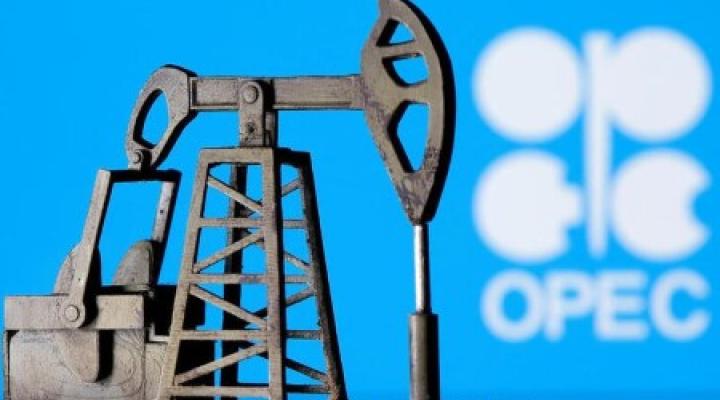
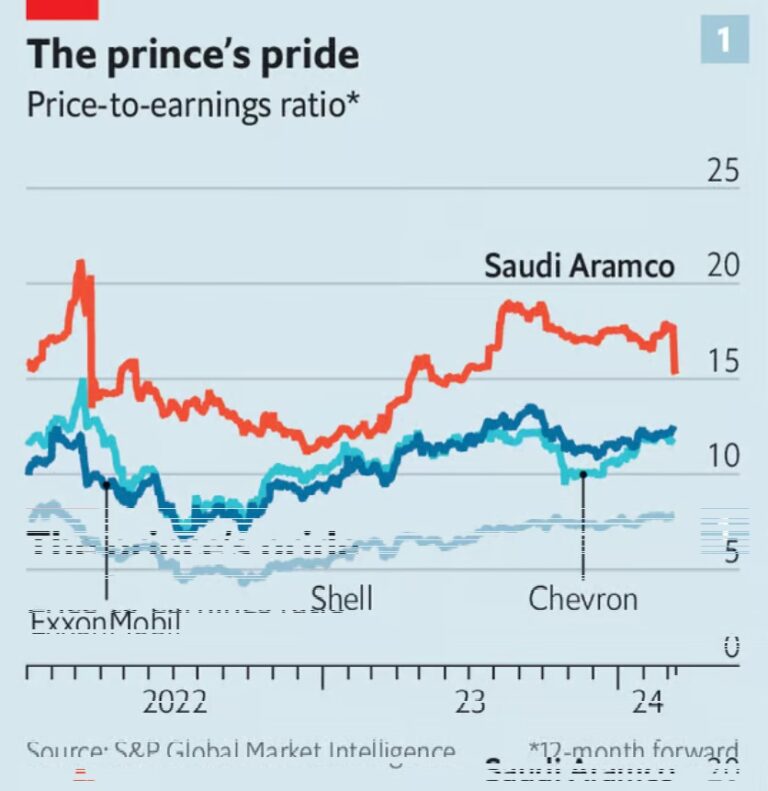
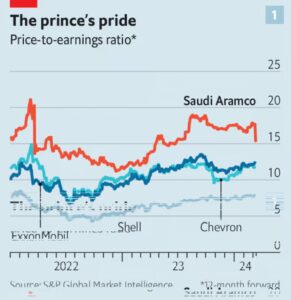
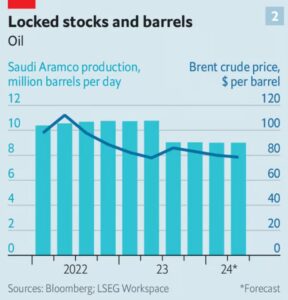
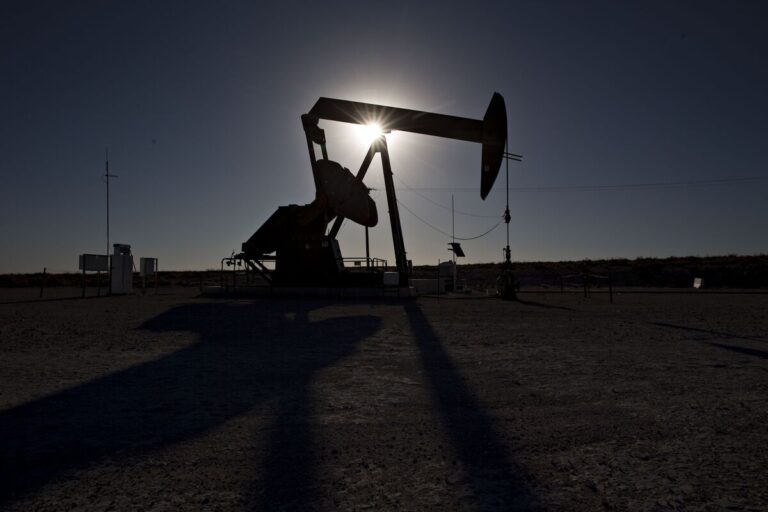
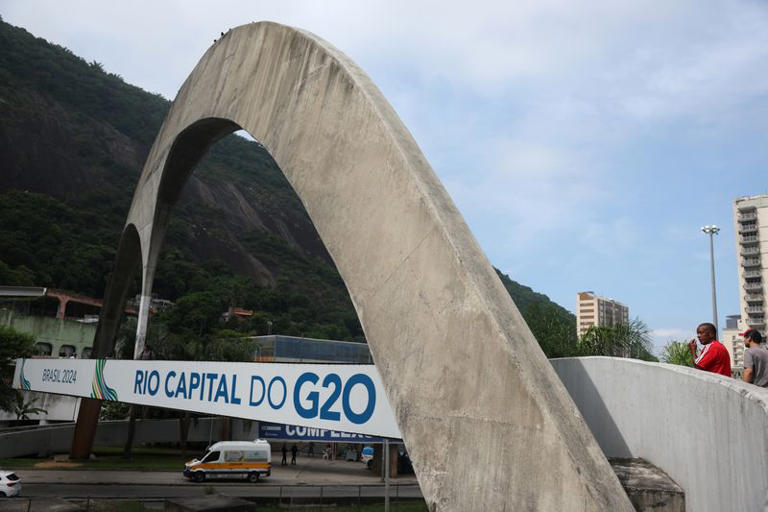

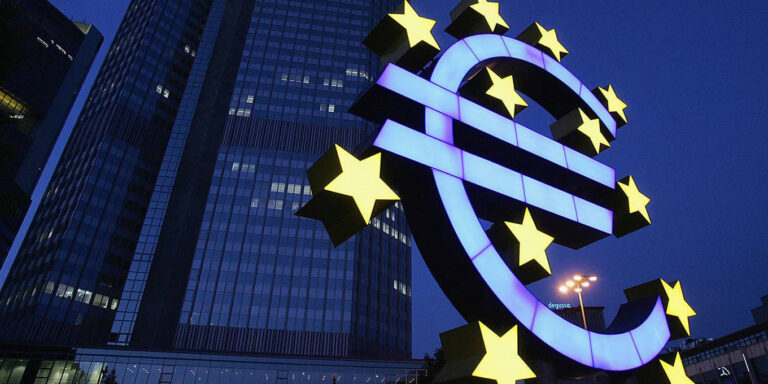

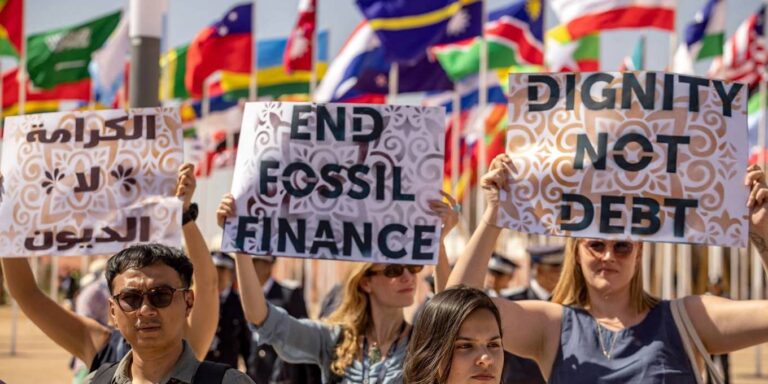
FLORENCE – The 25th anniversary of the euro’s introduction, which has passed largely under the radar, offers an opportune moment to assess the current state of the greatest monetary experiment in modern history.
The euro’s launch in January 1999 polarized economists. In the face of much skepticism – the late American economist Martin Feldstein even argued that the single currency could trigger a war in Europe – the euro’s architects envisioned a future characterized by macroeconomic stability, anchored by an independent central bank and a fiscal framework geared toward stability. Structural reforms, which the European Union’s member states were expected to implement, were meant to enhance the monetary union’s capacity to adjust to shocks.
None of those scenarios materialized. Over the past quarter-century, the euro has shown extraordinary resilience, navigating through several critical challenges and defying early predictions of its collapse. But while the single currency has delivered on some of its promises – most notably, maintaining price stability for most of its existence – it has failed to boost Europe’s potential growth or facilitate the continent’s full economic and political integration.
This mixed record can be attributed largely to the fact that Europe’s economic union was incomplete from the outset. Despite the significant progress that has been made since its inception, the eurozone’s fiscal and economic frameworks remain woefully underdeveloped compared to its monetary infrastructure.
To understand the consequences of the eurozone’s unfinished architecture, it is useful to divide the past 25 years into four distinct periods. The first phase, from 1999 to 2008, could be labeled the “2% decade”: economic growth, inflation, and budget deficits (as a share of GDP) all hovered around this rate. This phase was characterized by the excessive optimism of the “Great Moderation.”
But the internal imbalances that emerged during this period would haunt the eurozone for years to come. The convergence of interest rates, evidenced by minimal spreads, resulted in overly sanguine portrayals of member states’ public finances. Simultaneously, loose fiscal and monetary conditions reduced European governments’ incentives to undertake structural reforms and bolster their banking systems.
Nominal convergence also masked more profound structural disparities, as capital flowed from the eurozone’s richest members to their poorer counterparts, where it was frequently channeled into less productive sectors, such as real estate and non-tradable services, often through instruments like short-term bank loans. Consequently, while the eurozone’s current accounts appeared balanced, significant imbalances emerged.
The fallout from the 2008 global financial crisis, particularly the discovery that Greece had lied about its budget deficits and debt, eroded trust among member states. The prevailing narrative shifted to one of moral hazard, emphasizing the need for each country to get its own house in order. By the time eurozone governments finally coordinated a response – establishing the European Stability Mechanism (ESM), launching the banking union project, introducing the European Central Bank’s Outright Monetary Transactions program, and expanding the ECB’s balance sheet – the euro appeared to be on the brink of collapse.
The key turning point was the pledge by then-ECB President Mario Draghi to do “whatever it takes” to preserve the euro in July 2012. But with monetary policy increasingly viewed as the “only game in town,” the eurozone’s economic and financial structures remained fragmented.
The COVID-19 crisis changed that. The exogenous nature of the pandemic shock, together with the lack of impending elections, enabled EU leaders – led by French President Emmanuel Macron, then-German Chancellor Angela Merkel, and European Commission President Ursula von der Leyen – to present a unified front, unencumbered by the pressure to avoid moral hazard. The EU suspended the Stability and Growth Pact, which had previously capped member states’ budget deficits at 3% of GDP, and rolled out the Support to mitigate Unemployment Risks in an Emergency and the NextGenerationEU recovery programs, financing both through common borrowing. Meanwhile, the ECB introduced its €1.85 trillion ($2 trillion) Pandemic Emergency Purchase Program.
Although this demonstration of collective leadership reassured markets, fueling an economic rebound, the optimism proved to be short-lived. A global inflationary surge, fueled by robust macroeconomic stimulus and pandemic-related supply-chain disruptions, was exacerbated by the energy-price shock that followed Russia’s full-scale invasion of Ukraine. Although European policymakers worked together to reduce the EU’s dependence on Russian gas, they failed to mount a collective response akin to the NextGenerationEU initiative. Confronted with rising deficits and debt, not to mention the most aggressive monetary-tightening cycle since the 1980s, EU countries have once again put eurozone reforms on hold.
Two important lessons follow from the euro’s first 25 years. First, the monetary union’s incomplete institutional framework has proven to be both costly and dangerous. Finalizing the banking union, especially the creation of a common resolution fund with the backstop of the ESM and deposit insurance, is essential to ensure stability and bolster the international role of the euro. Thus, Italy’s recent failure to ratify the ESM treaty is a serious setback. Pushing forward the capital market union is essential if Europe is to meet the financial challenges posed by the digital and green transitions. To achieve all of this, EU leaders must strike a balance between risk sharing and risk reduction.
Second, completing the euro is crucial for safeguarding and developing the EU’s greatest achievement: the single market. European countries’ current pursuit of national industrial policies, funded through state aid, undermines the core values of the single-market project. To address this challenge, the EU must formulate a cohesive European industrial policy. This should include an increase in cross-border investments, focusing on European public goods such as human-capital development, the availability of critical materials, and the green and digital transitions.
After the fall of the Berlin Wall, German Chancellor Helmut Kohl, French President François Mitterrand, and European Commission President Jacques Delors turned the dream of a single currency into a reality. During the COVID-19 crisis, Macron, Merkel, and von der Leyen managed to overcome seemingly insurmountable obstacles and achieve a historic breakthrough. Now, a quarter-century after its introduction, the euro requires visionary leaders to shepherd European sovereignty to its next phase.
This article draws on the CEPR Policy Insights February 1, 2024, paper “The First 25 Years of the Euro,” written under the auspices of the European University Institute’s Economic and Monetary Union Laboratory (EMU Lab).